In the vibrant world of early childhood education, fostering a sense of acceptance and celebration of differences is paramount.
In the enchanting realms of the small world and reading areas, early years educators hold the power to nurture a generation that appreciates the beauty of diversity. These spaces are not just corners of the classroom; they are vibrant hubs where young minds embark on journeys of imagination and understanding.
In the small world area:
Here, we curate a collection of dolls and figurines representing various cultures, abilities, and backgrounds. Children are encouraged to explore these differences through play, promoting empathy and acceptance. We infuse the small world area with multicultural story books, allowing children to dive into narratives that reflect diverse experiences. By incorporating props like traditional clothing and artefacts, we create an immersive environment that sparks curiosity and respect for different cultures. Through guided discussions, children learn to embrace dissimilarities, fostering a sense of unity amid diversity.
In the reading area:
In the cosy nooks of the reading area, we introduce a treasure trove of books celebrating differences. Stories featuring characters from different ethnicities, abilities, and family structures are interwoven into the reading curriculum. These tales serve as windows, allowing children to peek into worlds unlike their own and mirrors, reflecting their own experiences. Interactive reading sessions encourage dialogue, enabling children to voice their thoughts and questions about diversity in a safe space.



Three Simple Steps for Teachers to create an classroom which supports children to understand and celebrate differences:
- Diverse Book Selection: Curate a diverse collection of books that showcase characters from various backgrounds. Regularly update the reading list to encompass a wide range of cultures, abilities, and family dynamics. Engage children in discussions about the characters and their unique traits, fostering understanding.
- Inclusive Play: Introduce diverse dolls, figurines, and props in the small world area. Encourage imaginative play that involves different cultures and abilities. Facilitate group activities where children collaborate to create inclusive play scenarios, promoting teamwork and acceptance.
- Interactive Discussions: Initiate group discussions and story-sharing sessions where children can talk about their families, traditions, and experiences. Create a respectful atmosphere where every child’s narrative is valued. Use open-ended questions to prompt discussions about differences, allowing children to express their thoughts and learn from one another.
By embracing these steps, teachers can transform their classrooms into nurturing spaces where diversity is not just acknowledged but celebrated. In these supportive environments, children learn the invaluable lesson that differences are the threads weaving the beautiful tapestry of humanity.

Resources to support understanding and celebrating differences in the classroom
- Draw on people
- Little people like me set
- Celebrating differences book pack
- Inclusion book pack
- And the biggest resource…your children and families which attend your settings!

Thank you to Hayley Winter for writing this blog
Hayley Winter is an Early Years teacher and leader who is passionate about learning through play. She shares simple and effective teaching ideas for 3-5 year olds on social media. Find out more over on her website: //www.allaboutearlyyears.com [allaboutearlyyears.com]


